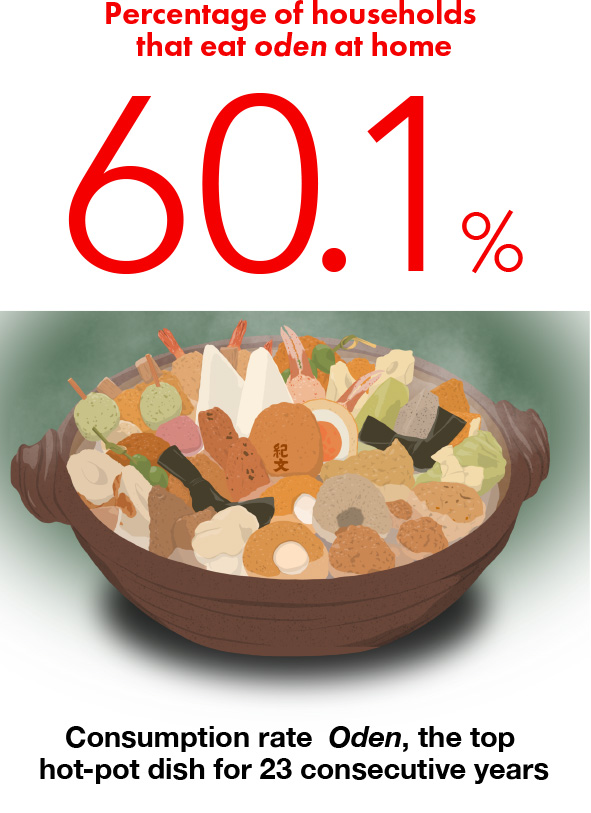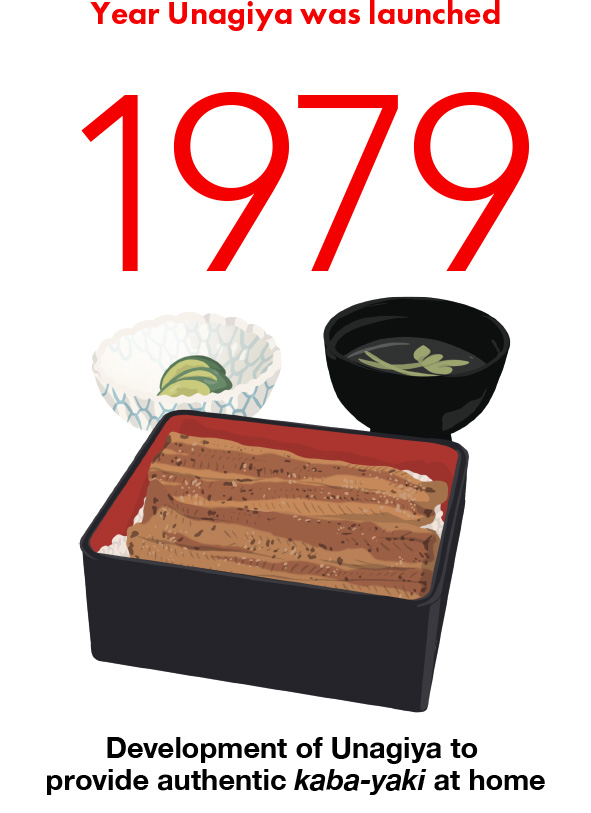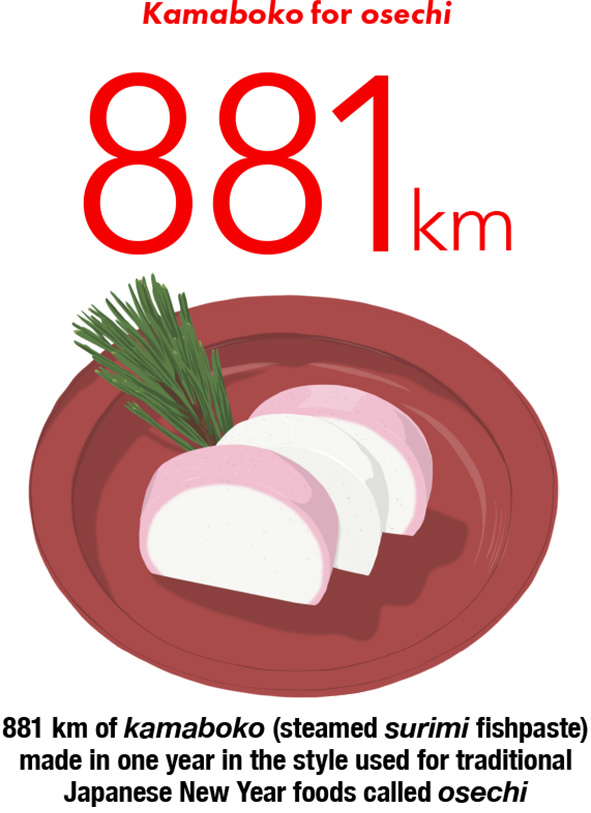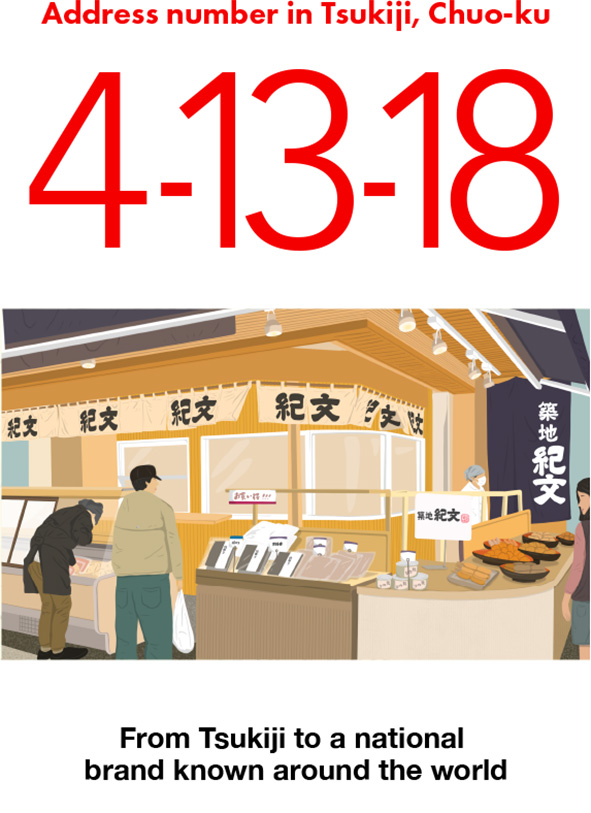
Corporate Information TOP > info > KIBUN by the Numbers


Kibun has published the Nabe White Paper every year since 1994. One survey question since 1997 has been about the kinds of hot pot dishes that people eat at home. The results for 2021: oden was in first place, sukiyaki was second, and kimuchinabe was third. Oden has topped the list for 23 consecutive years. Moreover, oden is always at the top of people’s favorite hot pot rankings. Oden is clearly a food universally loved in Japan.

In 2013, Sugar-Free Noodles became the latest addition in our series of healthy noodle products, alongside Isokobachi and Tofu-somen, which feature healthy ingredients made into noodles. This product has been well received by customers who are careful about sugar intake for health and beauty reasons, and it is also rising in popularity in Europe and the United States. Sugar-Free Noodles come in three types—flat, round, and thin noodles—making them perfect for all kinds of dishes.

In 2009, Chee Chiku was selected by Japan’s Ministry of Agriculture, Forestry and Fisheries as one of “40 processed foods with global export potential.” This was a contest to select Japanese processed foods that suit the tastes of people overseas through judging by staff from overseas embassies and people from other countries living in Japan. This recognition is proof that Kibun’s fish paste-based products have a flavor loved all over the world.

In 1979, we launched Unagiya, providing delicious kaba-yaki (eel grilled in a soy-based sauce) that can be eaten at home just by heating it up. Because of its deliciousness and simplicity, it has become a long-selling product. Our developers wanted people to be able to enjoy at home the flavor of restaurants that specialize in grilled eel. Once they hit on the idea of kaba-yaki cooked in hot water, the product was in stores only two months later.

The kamaboko served as part of osechi symbolizes the rising sun, the crimson color is said to represent joy and the white sacredness. In an annual survey since 1979 ranking the most popular osechi dishes, kamaboko has topped the list nearly every year since 1979, beating out items such as zoni (soup containing mochi (rice cakes), vegetables, and other ingredients), kuromame (sweet black soybeans), and kazunoko (preserved herring roe). If the kamaboko for osechi produced in one year were lined up, these would stretch for 881 km, comparable to the distance between Tokyo and Fukuoka.

It is believed that goma-tofu (sesame tofu) was created when sesame, native to Africa, was first imported into Japan in the Nara period (710 – 794) and used as a valuable source of protein in the vegetarian diet of Buddhist monks. Kibun’s Goma-tofu provides 70 mg of sesamin per serving, along with the enjoyable naturally fragrant flavor of sesame. Kibun’s lineup of flavored tofu products also includes Tamago-tofu (egg tofu) and Edamame-tofu (green soybean tofu).

Sasakama gets its name from the fact that this broiled surimi fish paste product is shaped like the leaves of a species of bamboo called sasa. In Japan there is a custom of writing wishes on slips of paper and hanging them from the branches of sasa bamboo on Tanabata, the day of the Star Festival, which falls on the seventh day of the seventh month of the lunar calendar. The Miyagi Federation of Kamaboko Associations and Kibun have designated July 7 as Sasakama Day to associate it with customs for Tanabata. We hope that you will have a wonderful night on Tanabata, making a wish as you look up at the starry sky while eating Sasakama.

We devised the Oden Timetable out of a wish to have people make really delicious oden at home. You might think that 45 minutes is too short, but if you simmer oden for too long, the soup boils down and the fish paste-based products lose their flavor. The 45-minute cooking time as well as when to add the various ingredients are the secrets to making great oden.

The word protein comes from the ancient Greek word for “first or foremost,” reflecting a recognition that protein is the most important nutrient. Kibun is committed to improving technologies for processing proteins from four sources, allowing us to make such products as fish paste-based products from fish, Tofu-somen from soybeans, Niku Gyoza from meat, and Tamago-tofu from eggs.

Most shiokara is made with traditional methods that have a salt content of 10% or more. This is a preserved food in which salt and squid internal organs are combined with raw squid meat and pickled for a long time. In response to the growing preference for low-salt foods, Kibun has been researching ways to reduce the use of salt; as a pioneer in chilled products, we have so far succeeded in reducing the salt content by about half. With a mellow, rich taste, Kibun’s shiokara is a product that impresses even true connoisseurs.

Kibun started by wholesaling seafood at Tsukiji Market and later developed into a business with face-to-face sales of fish paste-based products. Our emphasis on quality earned us a strong reputation, allowing Kibun to expand into department stores. Over time, the main salespoints shifted to supermarkets, but even now, The head Kibun shop in Tsukiji is a landmark in Tsukiji; a flagship store that conveys the charm of Kibun, including the spirit of our founding days in Tsukiji and our traditional techniques.

The Heart Flower is a mark that symbolizes the importance and beauty of heart-to-heart contact, with the red color representing the feelings and passions associated with a love for humanity. The interlocking hearts expresses the splendor, as well as our gratitude, of the three-way partnership among us (the manufacturer), consumers, and our distributors.